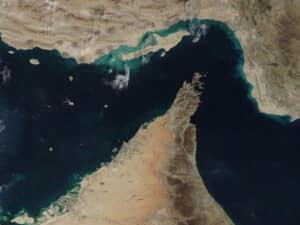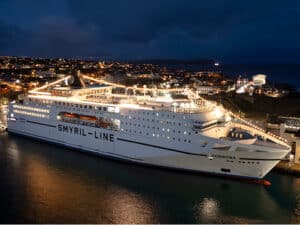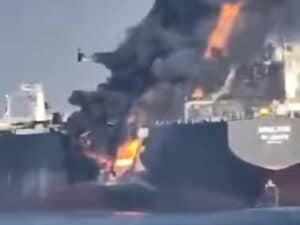
As Concordia death toll rises, EU takes new look at passenger vessel regs
Written by Nick Blenkey Two more bodies have been discovered aboard the Costa Concordia, taking the confirmed death toll in the tragedy to 15. The bodies were found on Deck 4 of the ship, after the Italian Navy used microcharge explosions to give easier access from the cruise ship’s bridge to Decks 4 and 5.
Two more bodies have been discovered aboard the Costa Concordia, taking the confirmed death toll in the tragedy to 15. The bodies were found on Deck 4 of the ship, after the Italian Navy used microcharge explosions to give easier access from the cruise ship’s bridge to Decks 4 and 5.
According to Italian officials the vessel is now considered sufficiently stable to permit pumping of fuel from its tanks to begin tomorrow.
Meantime, European Commissioner for Transport Siim Kallas is asking that a current review of EU passenger ship safety legislation take fully into account any lessons to be learnt from the Costa Concordia tragedy. He will outline the Commission’s position to the European Parliament’s Transport Committee on Tuesday, January 24, 2012.
“Safety comes first,” says Mr. Kallas. “We will ensure that any lessons from the Costa Concordia are fully taken into account in the already ongoing review of EU passenger ship safety law. And we want to accelerate this work wherever possible. The challenge is to ensure that safety rules for passenger ships fully keep pace with the latest designs and technologies in a fast changing sector. The safety record of passenger ships in EU waters has been strong over the last 10 years, but there is no room for complacency when it comes to safety. I sincerely hope that the tragic images of today are not forgotten when we need firm support to turn our proposals into safety legislation later this year.”
Though there already rules in place at international and EU levels, ship design and operation of ships continue to evolve significantly. For this reason, the Commission has been working, since 2010, on a review of EU legislation on passenger ships to ensure it keeps pace with the latest evolution in design, operational procedures and technology used in this sector. That work, says Mr. Kallas, must now fully take into account any lessons to be learnt from the Costa Concordia.
While the safety of passenger ships in international voyages is regulated by the SOLAS (safety of life at seas) IMO convention, EU rules ensure that the international safety rules are also applied to ships in domestic voyages (domestic/national e.g .between the Greek Islands), or flying the flag of a Member State (Directive 2009/45). These rules cover all aspects of the safety of these ships.
The main piece of EU legislation on passenger ship safety is Directive 2009/45, supported by a body of other related EU rules. Directive 2009/45 sets out all the technical requirements for construction and equipment for domestic passenger ships. It currently covers only ships built in steel.
EU rules on safety operations on ships apply to all passenger ships operating in EU water. They cover for example, the training of seafarers, roles and requirements for staff with regard to safety procedures on a ship. The standards are normally set at IMO level, they are then transposed into EU law – so it can be fully and effectively enforced. The Commission says that “bringing the international standards into EU law, also allows the EU to ‘top up’ or strengthen requirements where necessary.”
January 23, 2012





Leave a Reply
You must be logged in to post a comment.